A 25 day journey covering remote valleys of Pangi, Spiti and Zanskar commenced during the end of August and finished in September. It was my first time experience in Himalayas with a mountain bike, after several years of trekking, speed hiking, trail running and cycling in the Western and Eastern ghats of India.
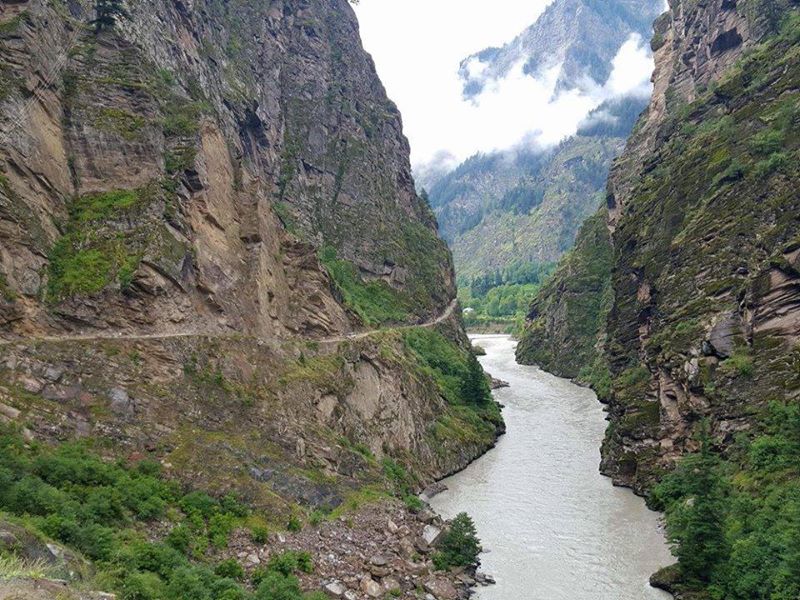
It is imperative to have a proper plan that will determine the kind of experience you end up having. A solid preparation is required for performing a not so like a child’s play while cycling in the Himalayas. Research about the terrain, trail conditions, back up routes, climate, nutrition, gear and equipment, and camping areas will help you plan inthe right direction. Foremost, you and your bike must be in good shape and well maintained.
Make sure to put enough time and effort in planning your adventure in Himalayas, if its mainly solo exploration or a team of two.
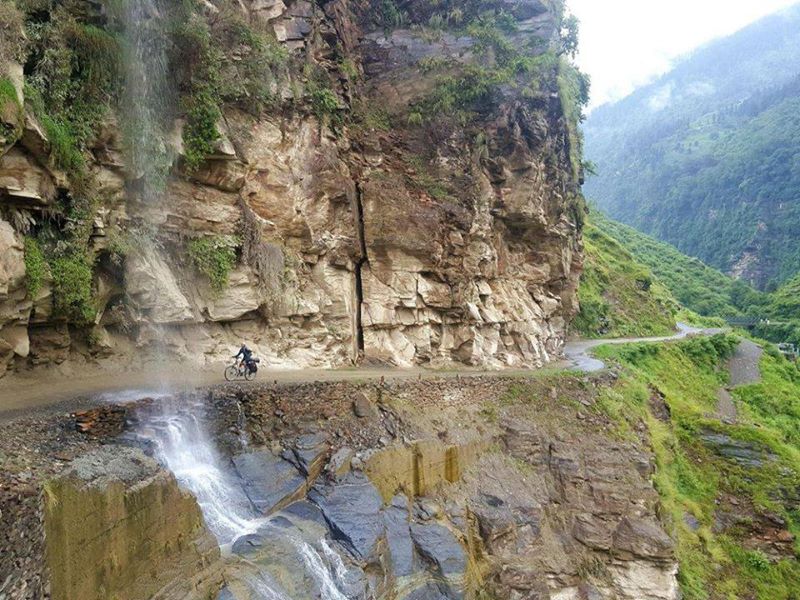
Here is a list of key things to remember when you plan your Transhimalayan cycling expedition:
Physical Preparation
The Himalay are the highest mountain ranges in the world with abundant of peaks and passes. Pedaling at altitudes ranging from 2000 meters to 5000+meters with broken tarmac, dirt trails, no trails coupled with low oxygen levels is a demanding adventure. Preparing for a long duration MTB expedition involves lot of time and effort as you have to scale up your 50km per day routine on roads to 25 to 35km per day routine with gradient climbs up/ across high passes. Long unrelenting climbs are a characteristic of high altitude passes and steady and consistent cycling is the key for longer rides.
Knowledge about Himalayan Terrain
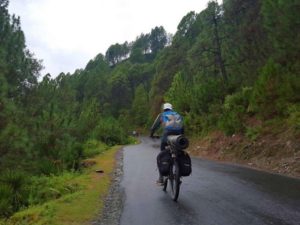
It is important to have a daily routine and gradient map of the route you are willing to plan. The route planning is a detailed course action where you fix different trails, roads, villages, places to stay, elevation that you are willing to plan. This can be very helpful for you to prepare yourself mentally for an intensive ride each day in the Himalayas. The real reward is in the journey and the process, rather than the destination. The terrain can be roads, dirt trails, landslides, hills, high altitude passes which you need to plan using a topographic map. OsmAnd, Google earth, Olizane maps are some tools that will be very useful for planning and navigation. You need to be completely aware of the weather conditions there, especially rain and wind (forecasted) especially when you are planning to do a pass crossing. The sufficient amount of daylight you utilize will make your riding enjoyable amidst challenges. The lower himalayas range from 1500-3500m and upper himalayas above 3500m with passes at 4000+ meters. One can experience both extremes of hot temperatures, for example, in Zanskar valley and Cold temperatures, for example, in Pangi Valley. Most common touring routes are manali-leh, shimla-spiti-manali, srinagar-pangi-manali.
Gear and Equipment
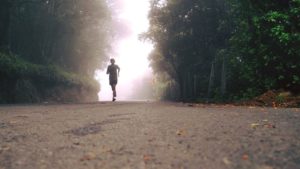
Making sure you have the right gear and equipment with a minimalist approach will make all the difference between a great adventure and a disastrous one. The high altitude desert conditions can be deterimental for longer duration, therefore UV protective gear / sleeves and sun shades would help you. With regard to the mechanical aspects of the cycle, the most common puncture, brake, chain, gear-related tools, and replacements are useful. Importantly, size 15 spanner, the puncture kit, allen key, chain tool and brake pads are mandatory. If you have allergies or reactions, it is necessary to the basic medical supplies. The clothing includes your essential 2 tees, warm clothes for night. A rain/ windjacket , ziplocks for your documents and cash. A small backpack, cap, arm sleeves and shades. A phone with charger and batterpack. Tickets /IDproof and cash in ziplocks.
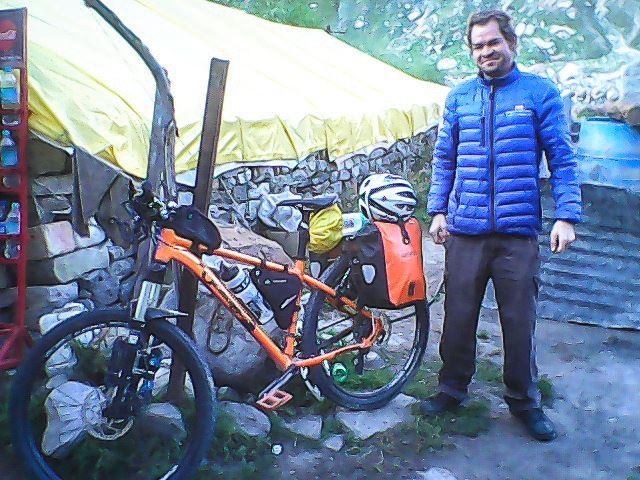
Food and Camping
Identifying towns/ hamlets will be useful for restoring your energy during this journey. The google route maps with satellite view can assist you in this regard. Your daily schedule will be like waking up at 630-7 am and camp before the sunsets. Hydration is important during this journey. You can replenish yourself and carry emergency ration from towns for covering a 20km section or longer distances. A mid-day power nap is useful for recharging yourself. There are habeas in many places where you can get a hot cup of noodles, paratha, or rice depending on the ration availability.
Mental Preparation

More than any kind of preparation, one must be mentally prepared and have a positive mindset to tackle this challenge. You need to figure out what you are seeking for : Is it the endurance or challenge that is making you do this? Do you want to explore something remote and peaceful for a mental recharge? Do you want to experience new location, people, culture, freedom, local cuisine and dive into the blissful new atmosphere?
Logistics : Minimalist Approach
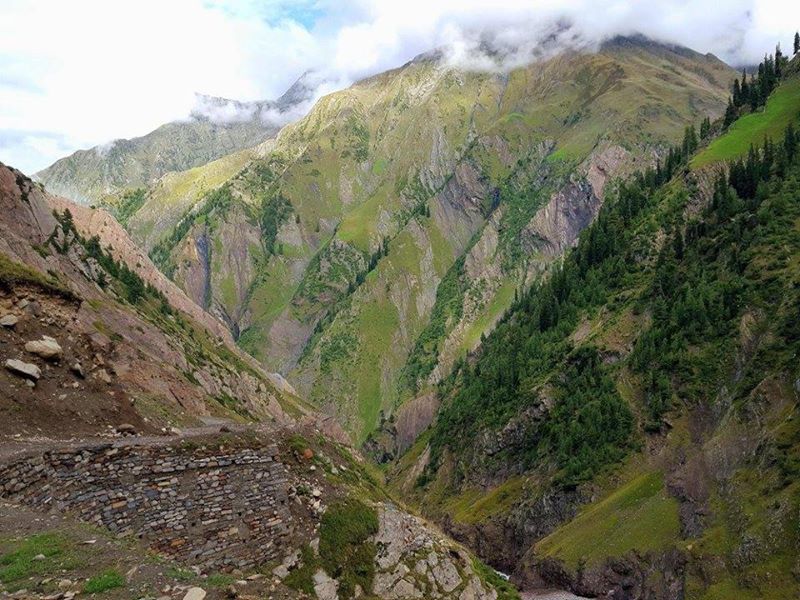
Plan well in advance, identify nearby airports/ stations to pick your cycles. Make sure you have the right packing gear for your cycle. Normally you can use the cycle box, deflate the tyres, remove the wheels, twist your handle bar and pack it inside a box. You can put the tools, pannier inside the box and check it in while flying. Make sure to check the airline website about the cycle luggage options. Once you land in the nearest city, you can transfer your cycle to the starting point using bus (extra fee for cycle in buses). For route we planned, I had to drop in Delhi airport, the cycle was taken as a check-in luggage (15kg approx) and it was assembled once landed. I cycled to Kashmiri gate bus stop to meet my friend there to take a bus to Dalhousie where we were supposed to start our adventure. Sometimes, people fold up the cardboard box and tie it to their pannier. Since we were going through remote valleys with incessant rainfalls, I had to give the box to a friend in Delhi and pick it up during the return. The camping gears was 1.6 kg per head, the clothing was minimal with a tribord rain jacket, gloves and shorts. This totally depends on the route you plan.
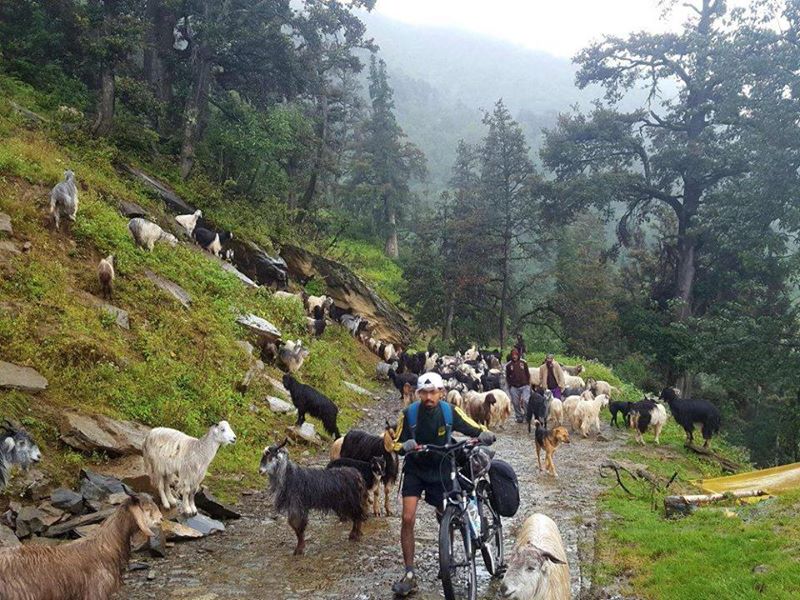
If you are traveling into another country, getting visa and the formalities are essential and should be handled early to avoid any problems. In the Himalayas, traveling to some remote regions will require you to get a local permit. Solo exploration or as a small team gives you an immense experience and makes you continue further. So what are you waiting for?


Recent Comments